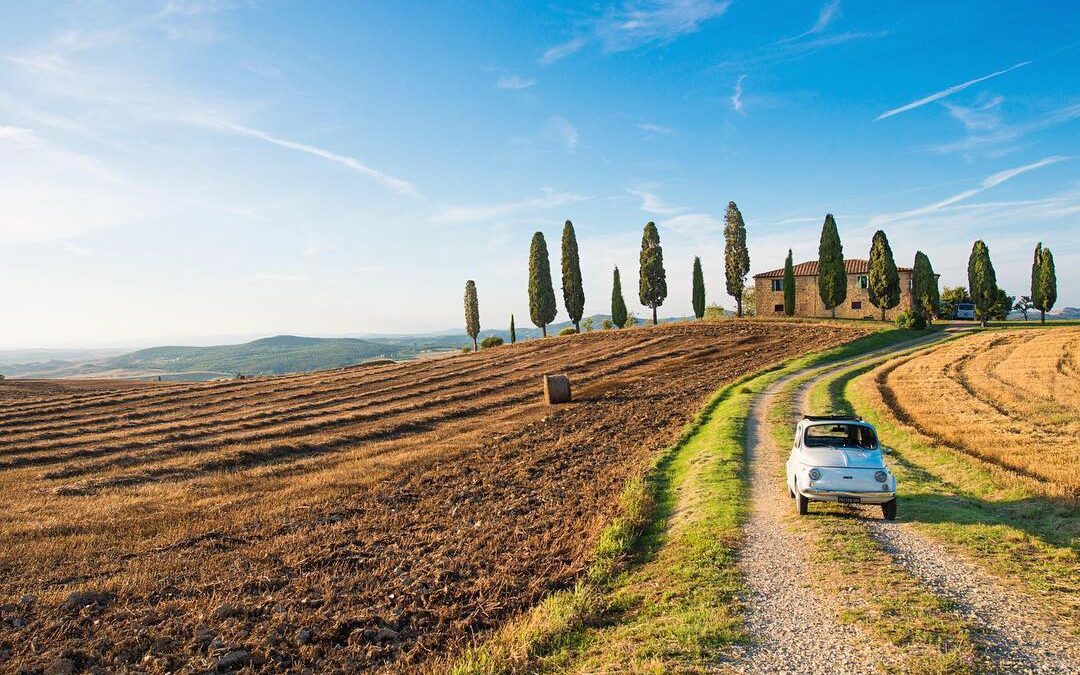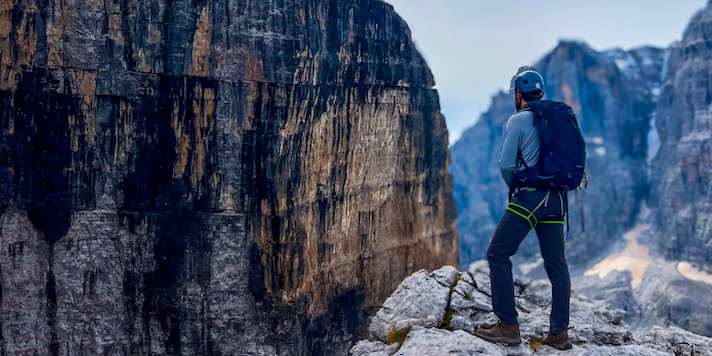By: Naomi Matlow
The European Parliament’s Committee on Transport and Tourism (TRAN) defined overtourism in a recent study as, “the situation in which the impact of tourism, at certain times and in certain locations, exceeds physical, ecological, social, economic, psychological, and/or political capacity thresholds.” The EU definition goes beyond overcrowding and highlights the issue of capacity on multiple levels. Overtourism happens when the demand and the supply are out of balance.
Where and when does the issue of capacity and overtourism rear its head in a country like Peru? What policies are in place to maintain the equilibrium of supply and demand?
Peru is a fascinating example of a proactive policy response, at a UNESCO World Heritage Site — Machu Picchu, a relatively recent more easily accessible eco-tourist marvel — the Amazon rainforest, and with a metropolitan city with a balanced level of tourism (although it can be at risk of overtourism in the future) — the Peruvian capital, Lima.
We live, work, and adventure in all of these destinations at Unsettled and have witnessed firsthand what regulations are at play, and we practice responsible and mindful tourism within Peru’s borders annually.
So, vamos! Let’s explore.
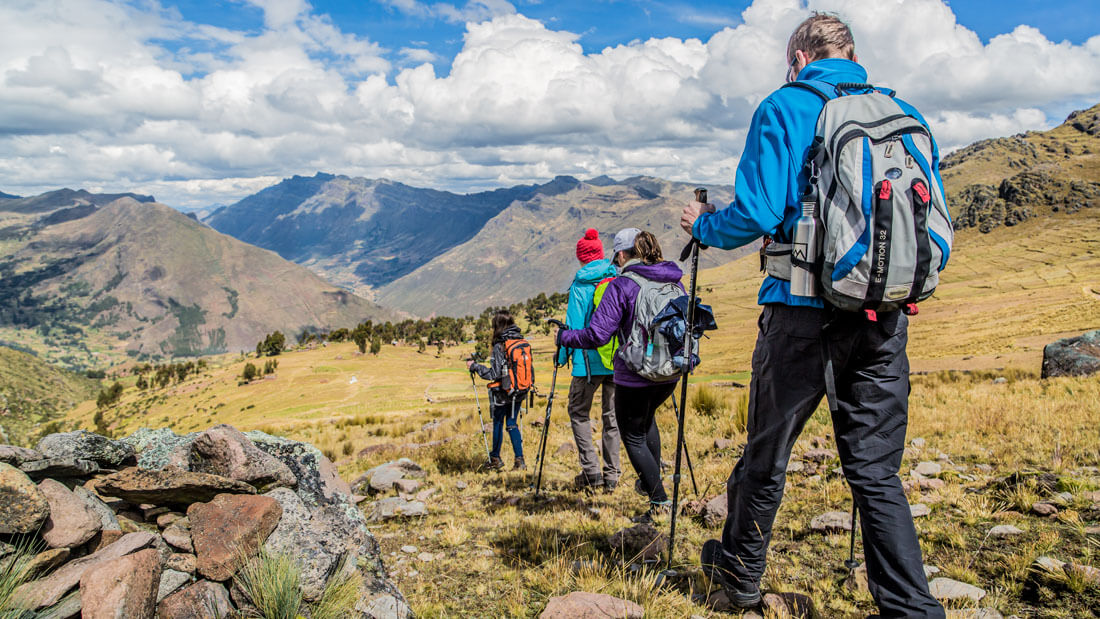
Machu Picchu, or the Lost City of the Incas, was formally recognized as a UNESCO World Heritage Site in 1983. It is Peru’s most popular tourist destination and costs $70 per person to enter the magnificent ancient grounds. Machu Picchu sees approximately 1.5 million visitors annually and as a result, the land is sliding down about 0.4 inches annually. Therefore the Master Plan of the Historic Sanctuary of Machu Picchu has regulated the visitor limit to 2,500 per day, although during the high summer season it is not always followed. “In our experience, when we go in the low season, the sanctuary is quite pleasant,” says Unsettled Co-founder, Michael Youngblood. “After a couple of hours, it’s quite easy to find a quiet spot, take a photo without crowds, and marvel at the spiritual significance of this place.” The significant tourist spike to Machu Picchu in the last decade has affected the ecological environment, but on the other hand, it has provided a living wage to the 4,000 residents of Aguas Calientes, a nearby farming village that serves as a jumping-off point for visitors. Earlier this year it became forbidden to enter the grounds with non-reusable plastic. According to Unsettled Experience Leader Clari Mastronardi, “The region around Macchu Picchu, the Sacred Valley, is full of small Inca towns in the middle of the mountains. In some ways it is the opposite of Macchu Picchu. The Sacred Valley is wide, vast, and there is almost no noise, but it is just as magical as Macchu Picchu itself.” There is undoubtedly work to be done to ensure that this lost city remains intact for future centuries but many regulations are successfully in place to curb the threat of overtourism.
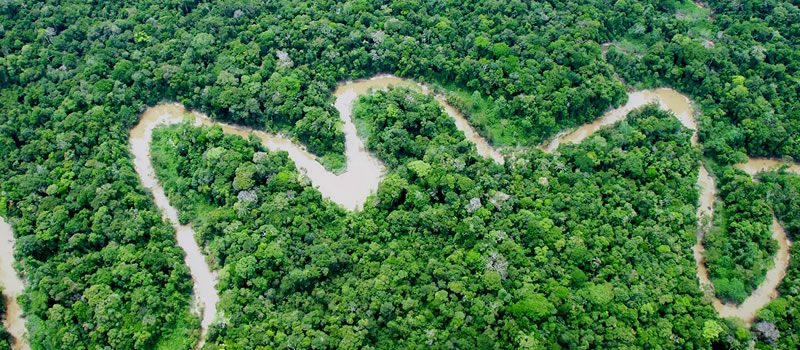
The Amazon is the world’s largest tropical rainforest running through nine countries, including Peru. Only in recent years has it become more easily accessible to travelers (disclaimer: accessible is all relative!). Most travelers drawn to the mysteries of the Madre de Dios (Mother of God) region are eco-tourists attracted to the wildlife and sustainable ways of traveling. Interestingly, the increase in tourism has been ecologically healthy for the region, as the local tourism industry (including the local guides, eco-lodges, and the government), are given incentive to protect the ecosystem, the land, and the riverways that travelers pay to see and experience. Furthermore, some of our guides here previously worked as miners and loggers before the increase of visitors interested in conservation-based travel. According to Johan Ferro Caballero, one of our local guides in the Amazon, “Like the tourism, the laws and rules to protect the rainforest are growing as well. Economically we are receiving better salaries than we had years ago, and participating in sustainable tourism and ecological research helps me do my part to protect the rainforest. There are also more options for work beyond mining, logging, and farming for teenagers in the region.” Over the next decade the Amazon could be at risk of overtourism and as a company we are taking responsibility for how we travel there, and if entry fees become the status quo to protect the environment, we will happily pay them!
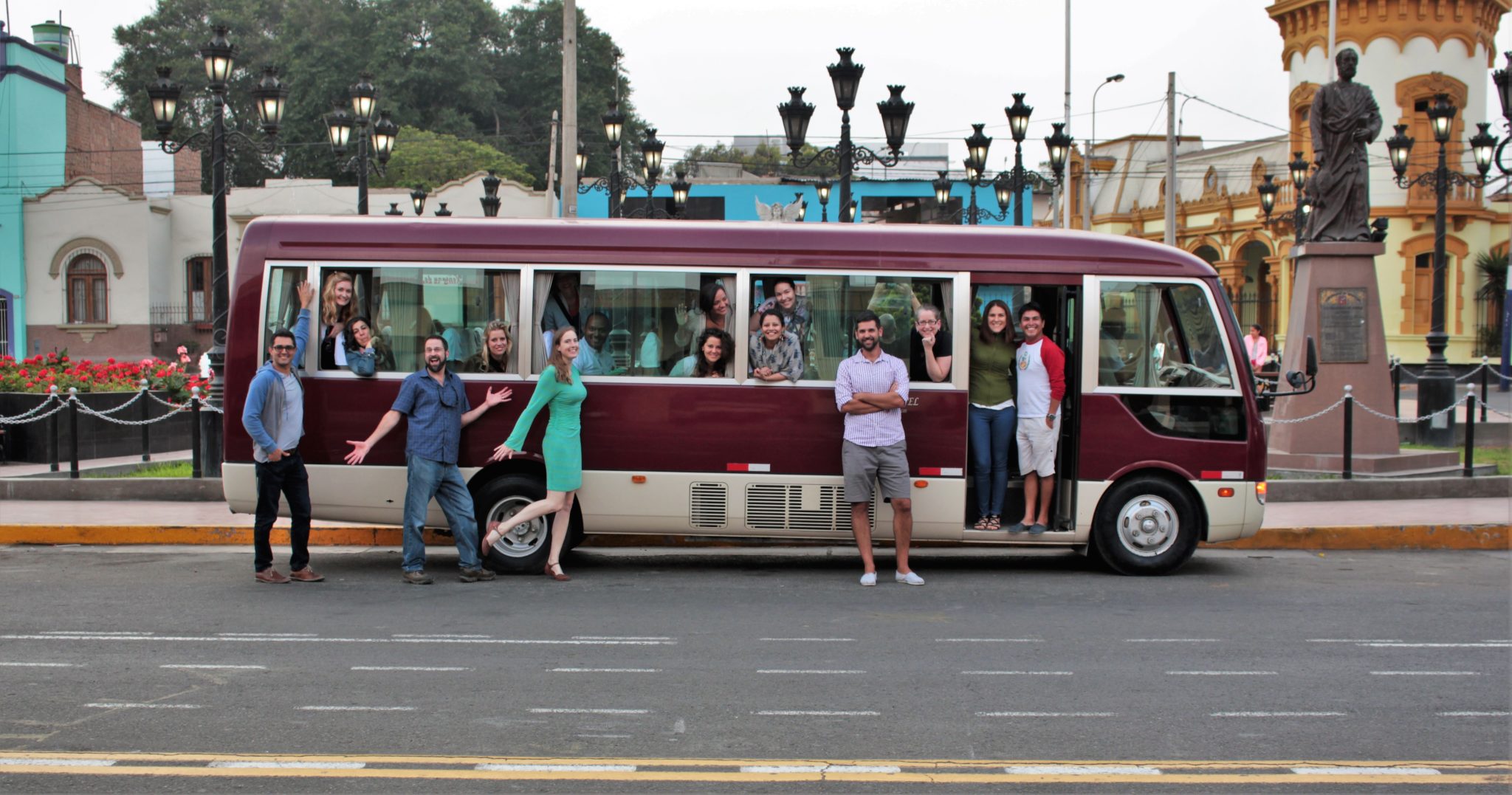
Lima is the capital city of Peru and one of our favorite vibrant metropolises over at Unsettled (and not only because it has some of the best food in the world!). According to the World Travel & Tourism Council’s Destination 2030 Report, Lima is considered a “dawning developer”, meaning it has an emerging tourism infrastructure, has a lower visitor concentration, and is experiencing gradual tourism growth. Lima’s balanced level of tourism makes it an ideal destination to work, live, and explore. So, get in on the ground floor 🙂
We are thrilled to share that in 2020 we will be rolling out a program at Unsettled to make our retreats carbon neutral. As we travel to other people’s homes, we feel to do our part, however little, to offset the resources we use. Has overtourism influenced the way you travel today?
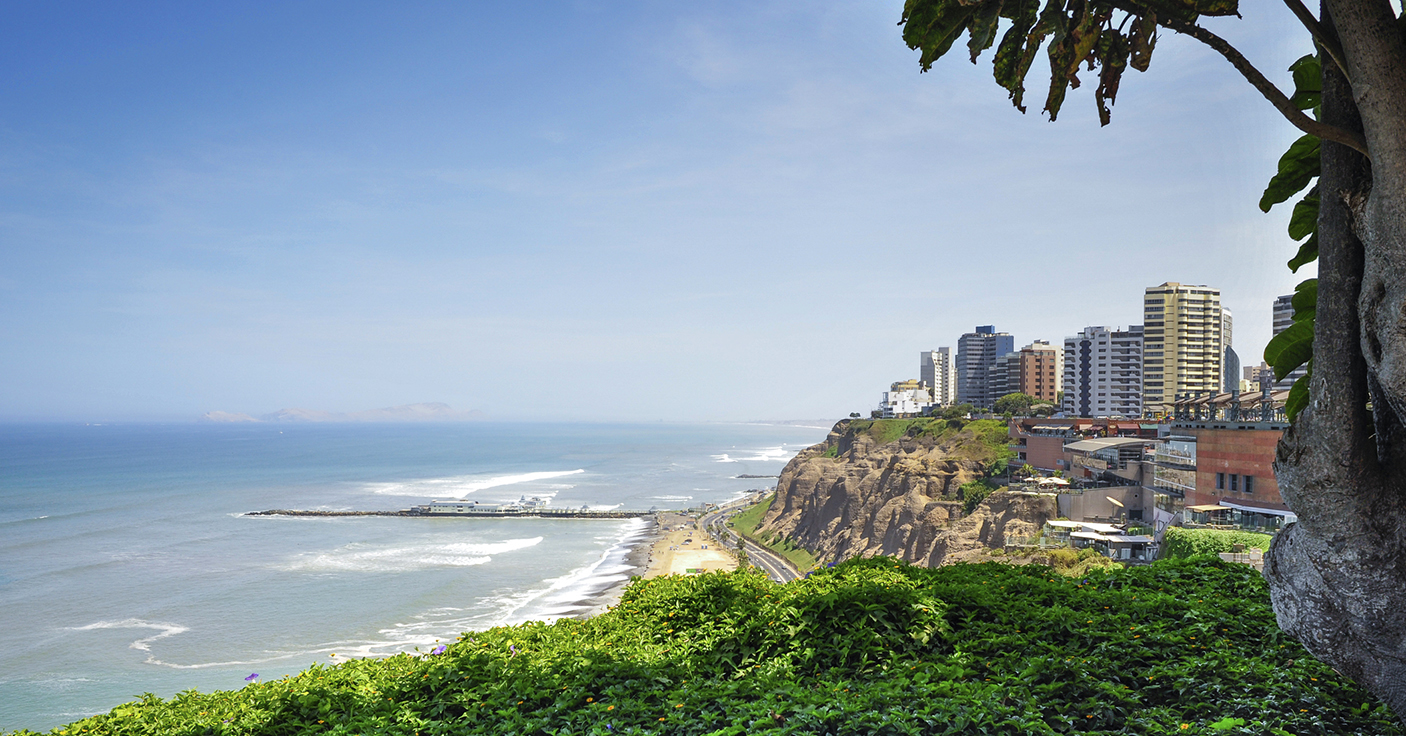
We are coliving and coworking in Lima from January 18th- February 9th, 2020 and then exploring the Sacred Valley and Machu Picchu from February 9th-16th, 2020. Come join us for one or both of these Unsettled adventures!
Our annual Peruvian Amazon expedition will take place from August 8th-15th, 2020. You in?
Unsettled is a global community for those who live and work differently.
Growth | Meaning | Adventure
